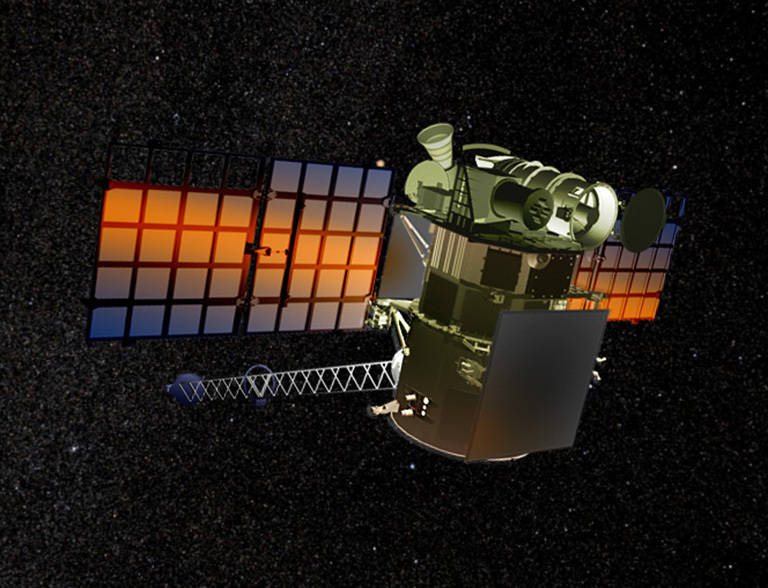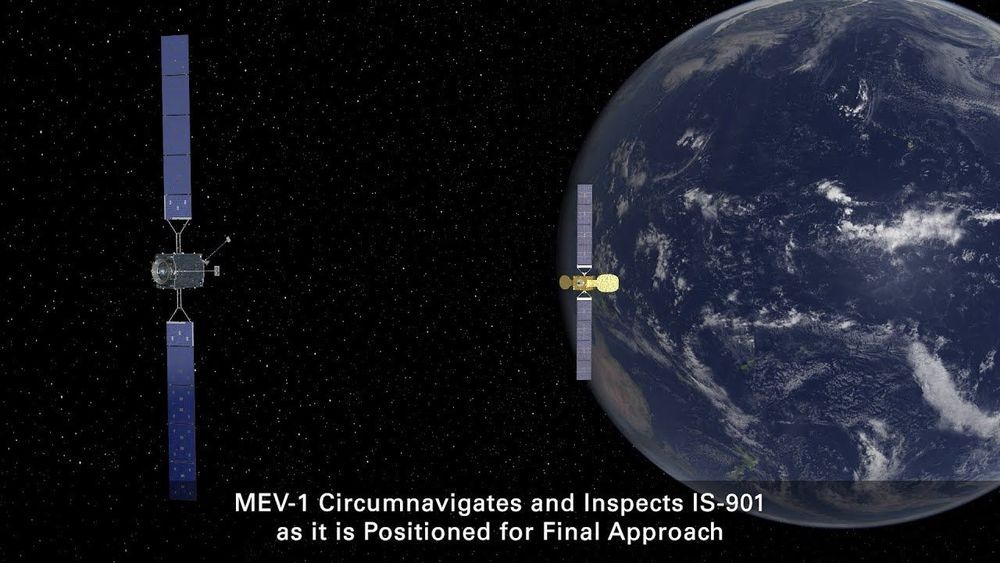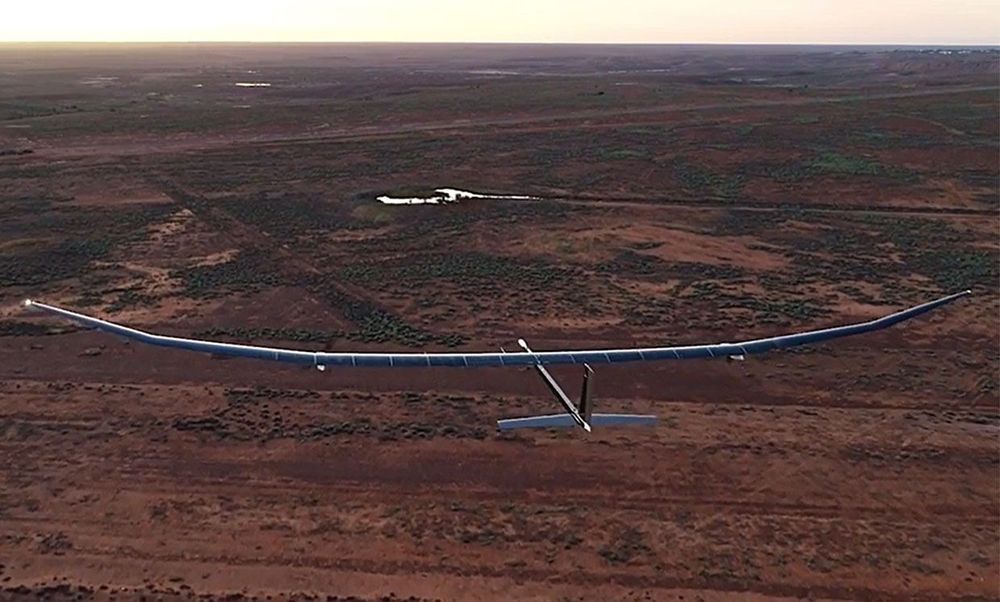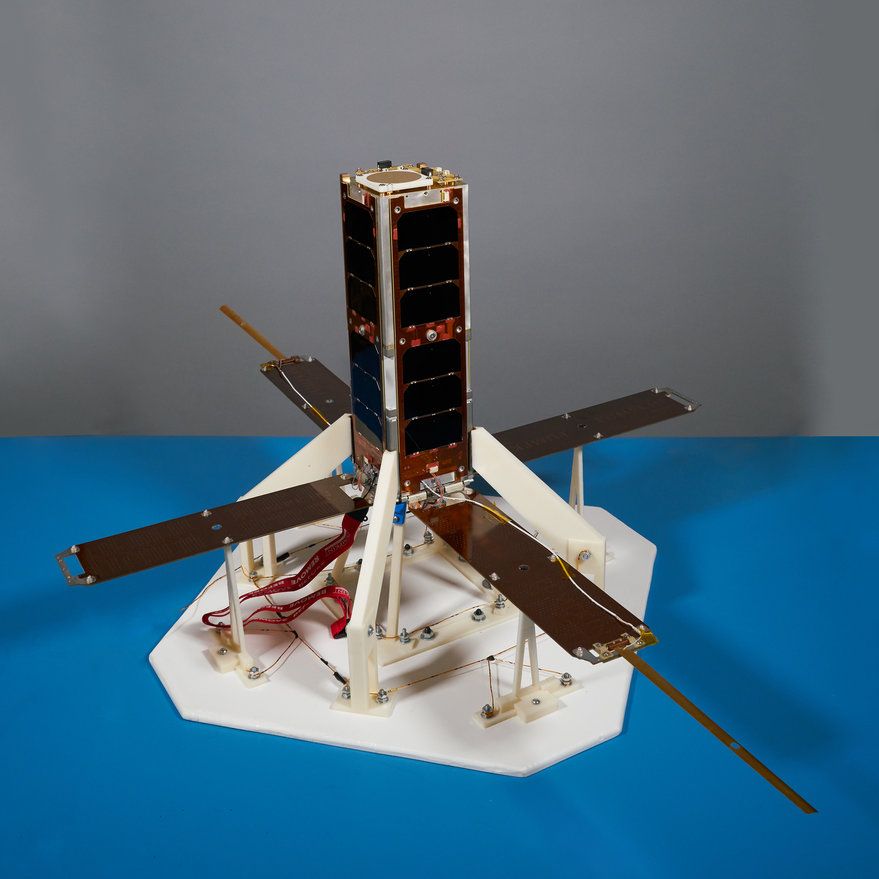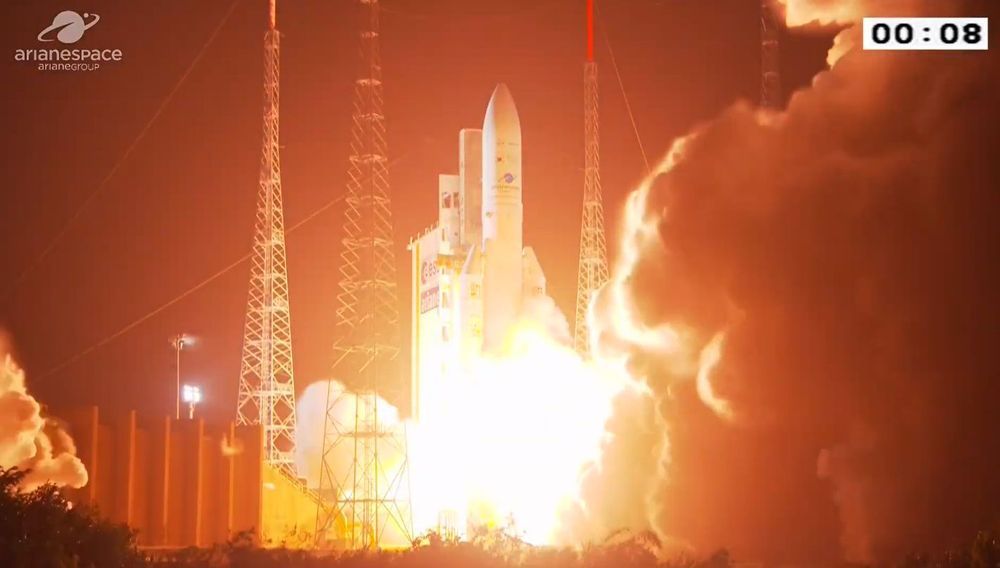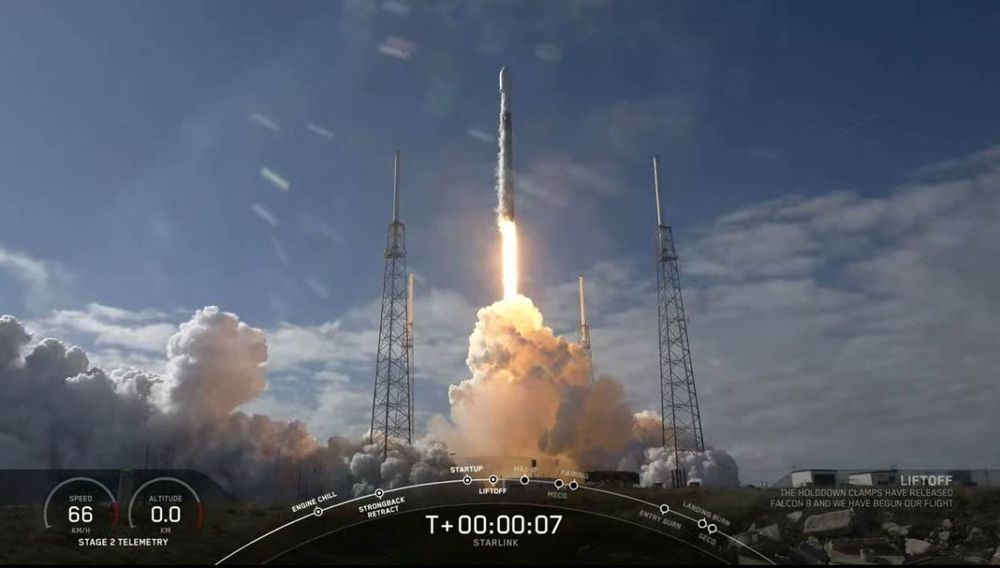SAN FRANCISCO – PredaSAR, a Florida startup led by retired Air Force Maj. Gen. Roger Teague, raised $25 million in seed funding for its plan to build a constellation of at least 44 Synthetic Aperture Radar (SAR) satellites.
“The Defense Department has been after a space-based radar solution for many years,” Teague told SpaceNews. “There’s a need for a SAR moving-target indicator… I believe there is going to be strong market demand.”
PredaSAR was founded in 2019 by Marc Bell, an entrepreneur and investor who is the chairman and co-founder of Terran Orbital, which owns Tyvak Nano-Satellite Systems. Bell now serves as PredaSAR’s chairman. Before closing the seed funding round, PredaSAR hired Tyvak to build its first two satellites, Bell said.

